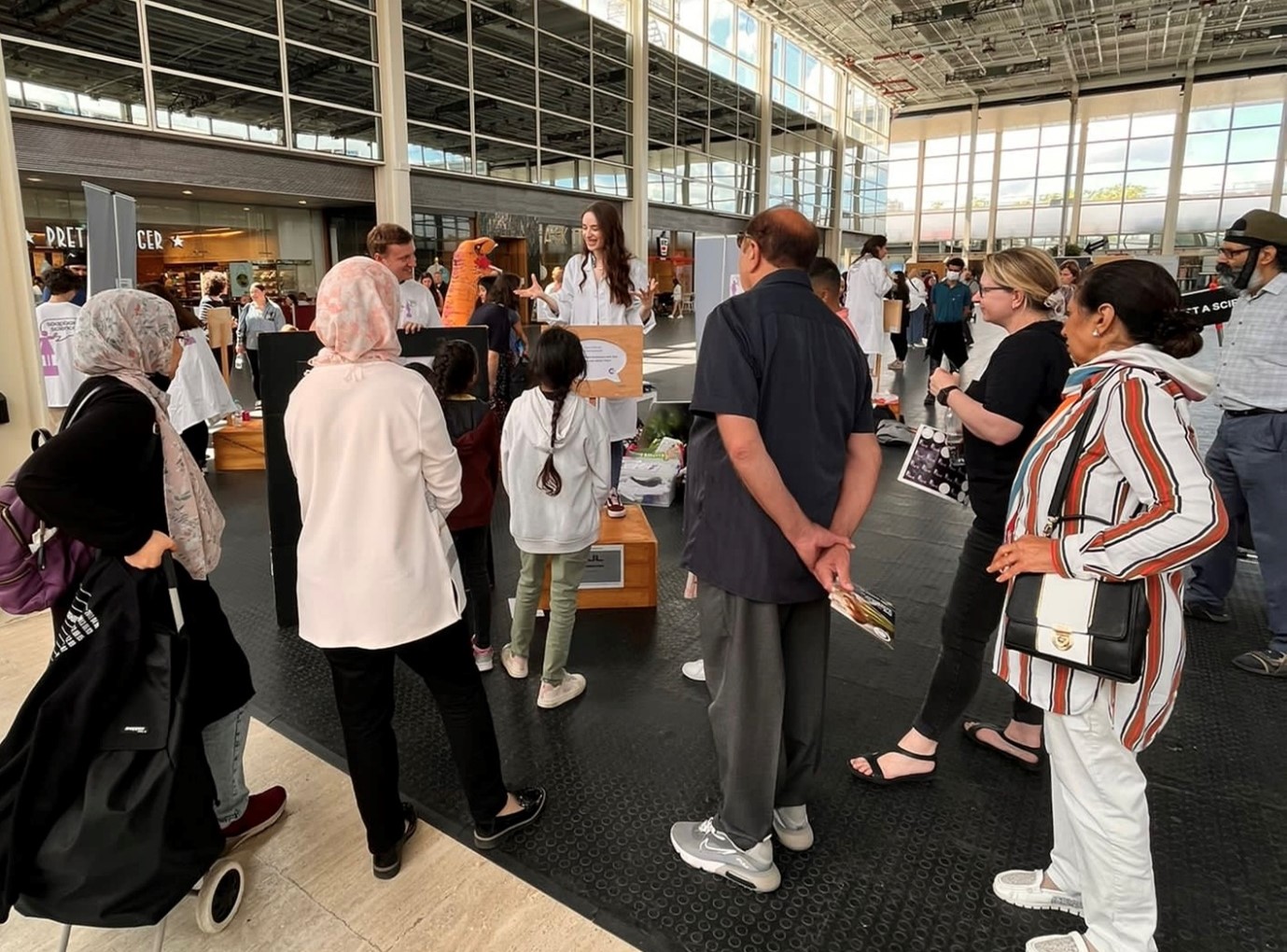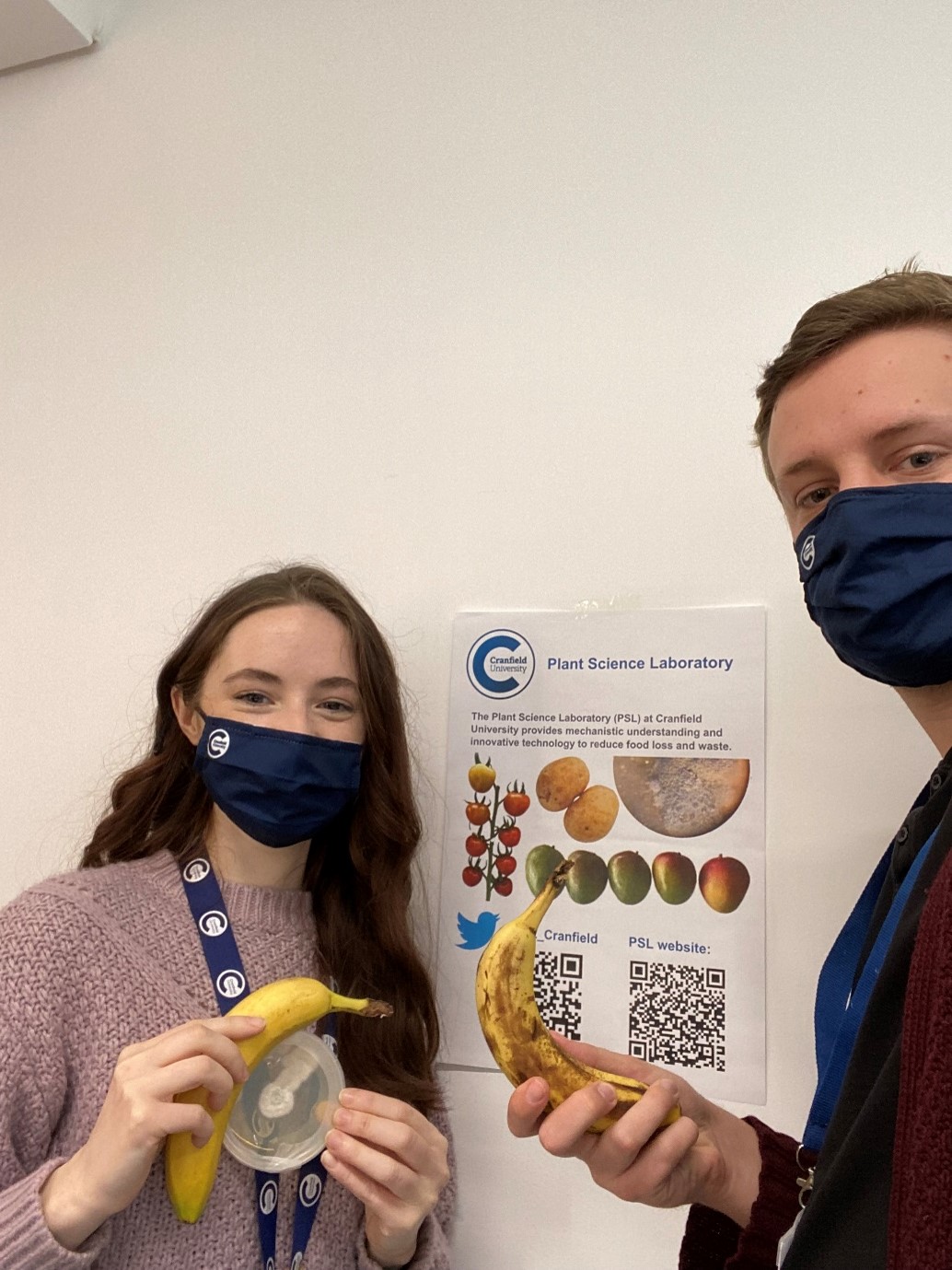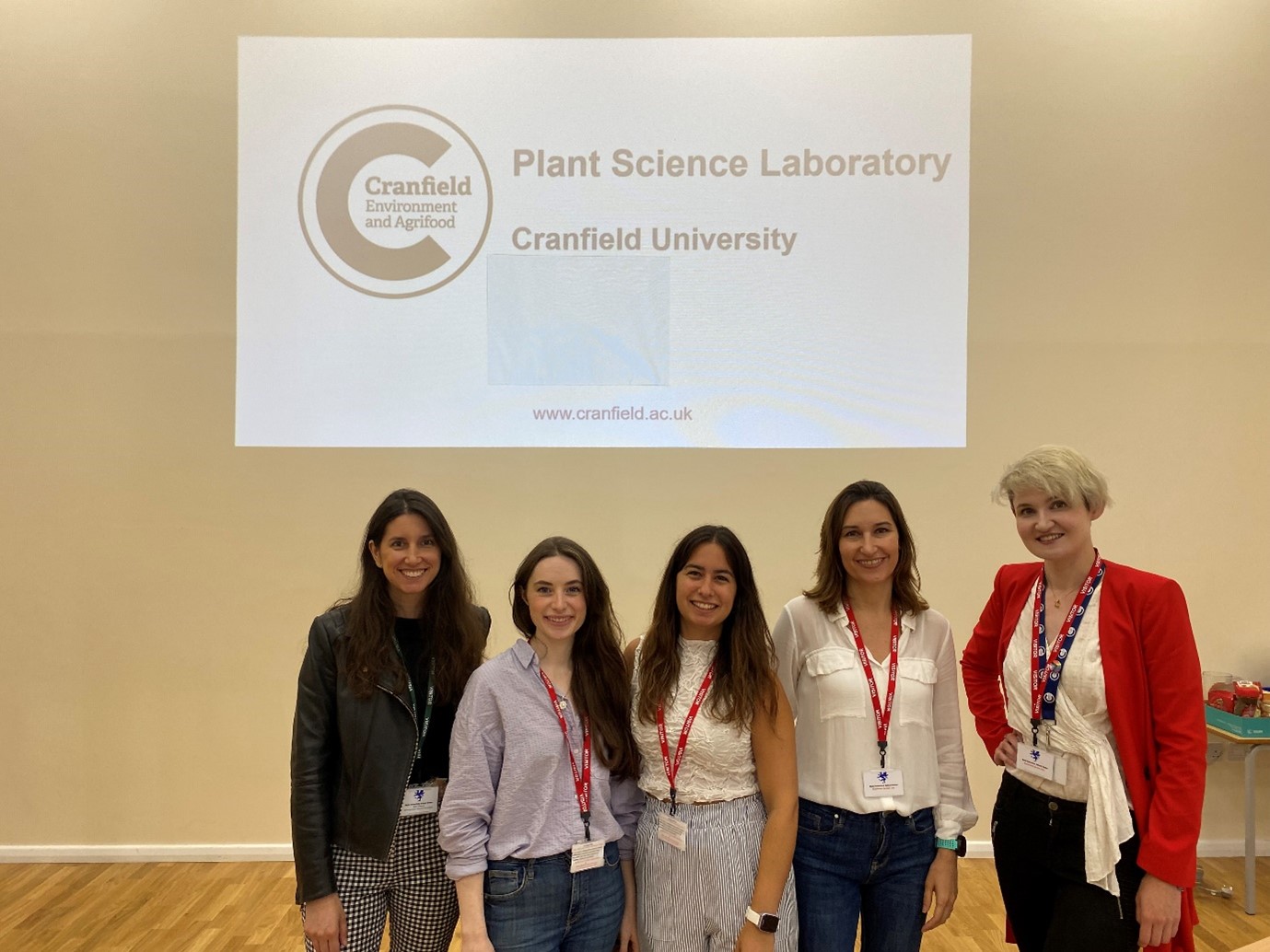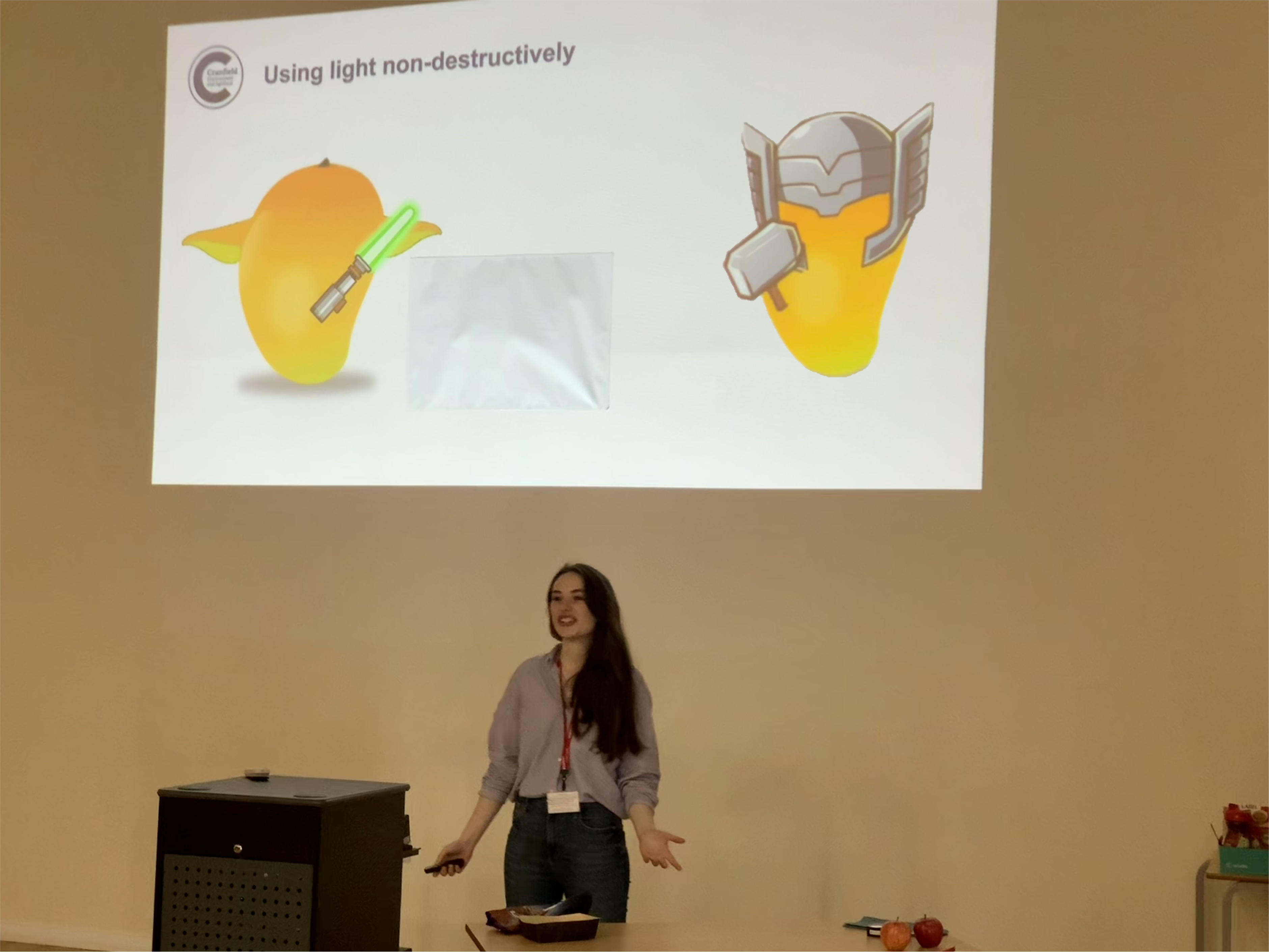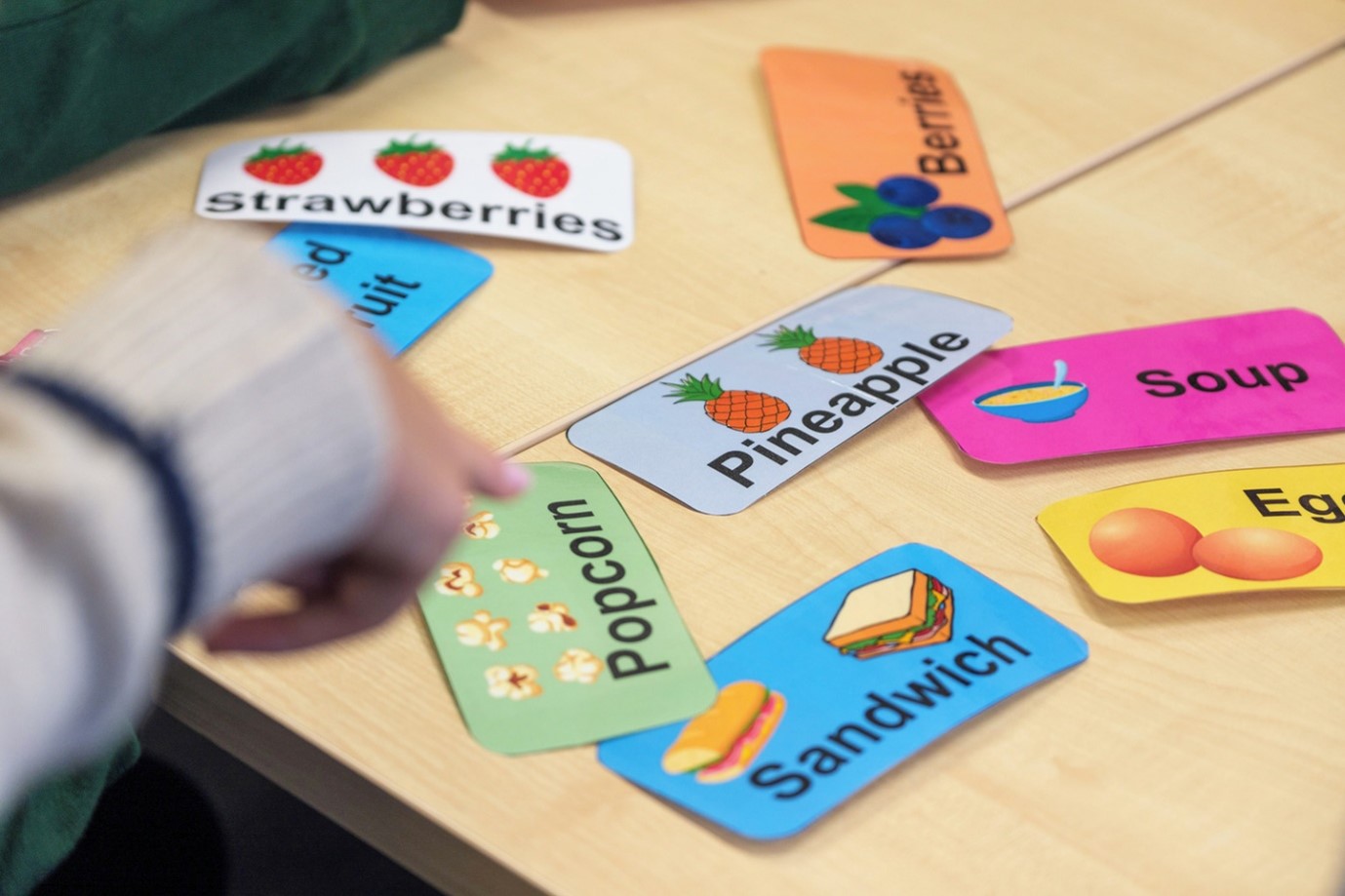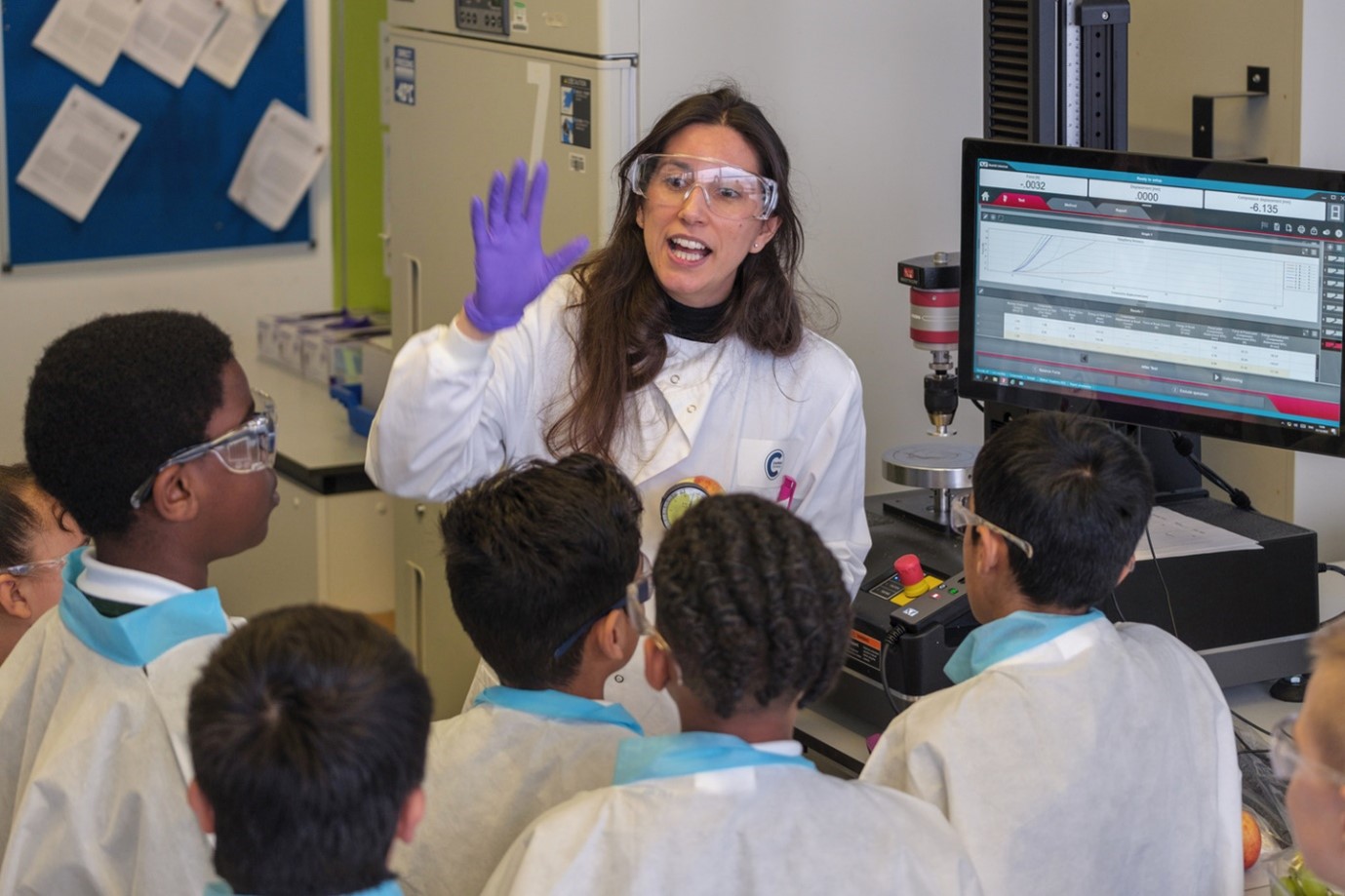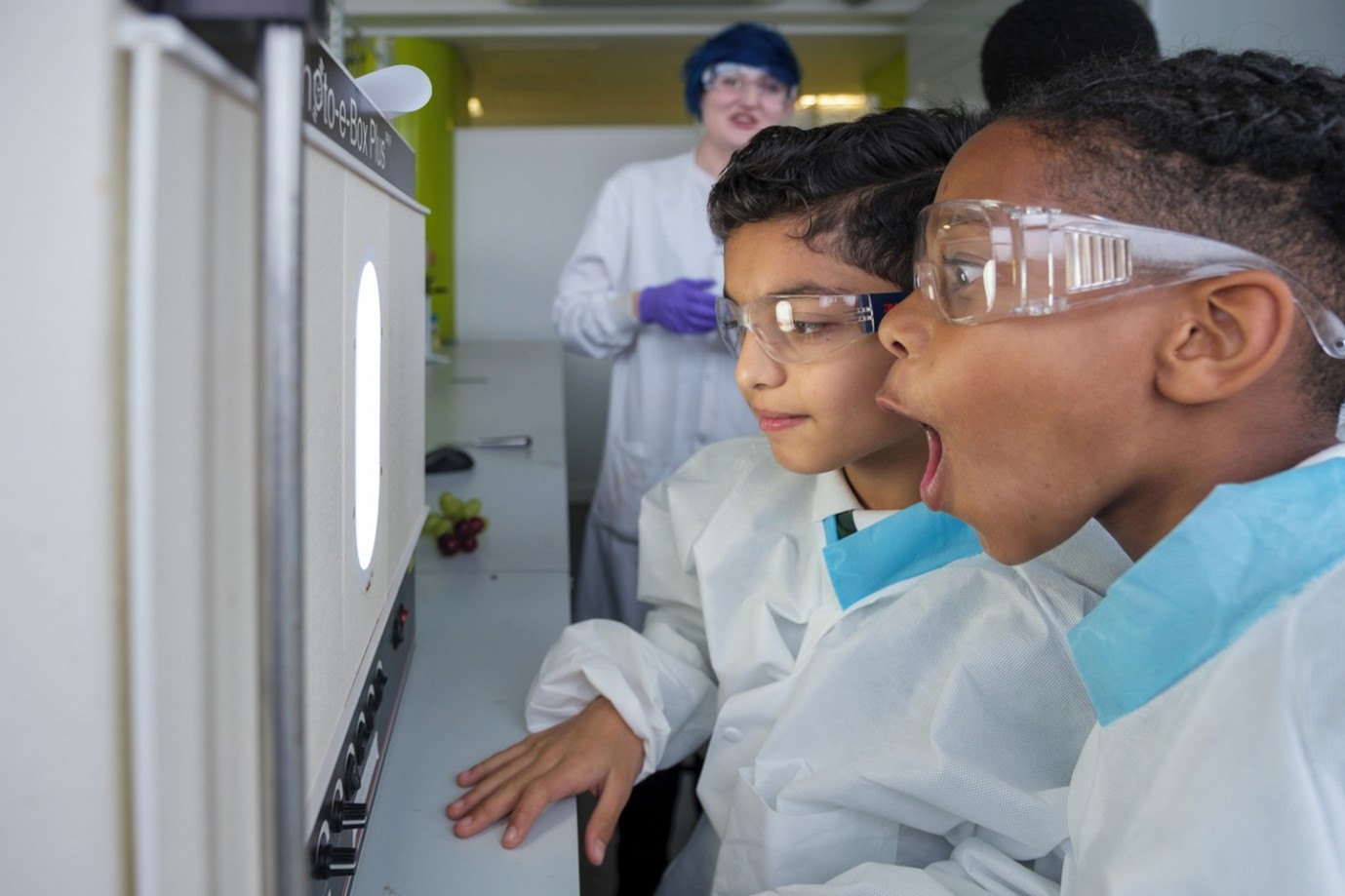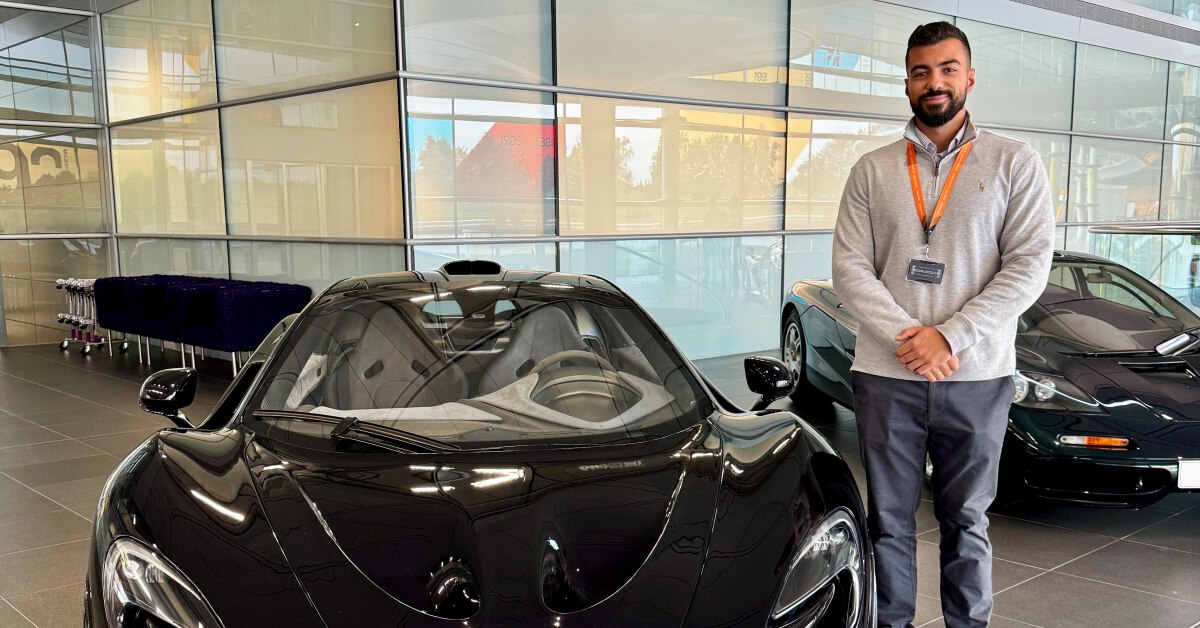Getting involved in outreach activities improved me as a Cranfield PhD Researcher
10/02/2025
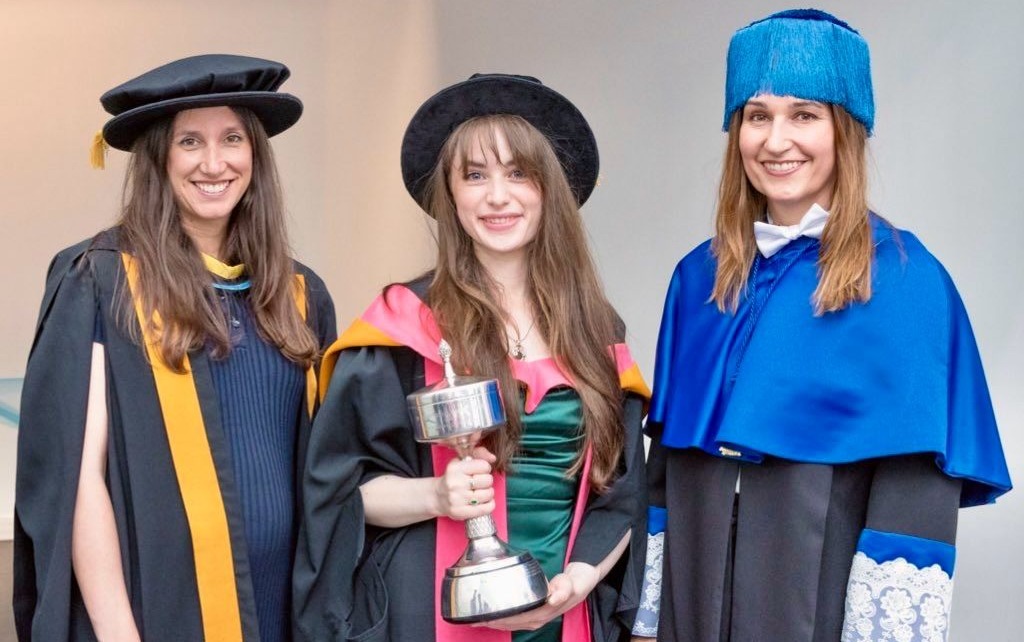
I spent an amazing three years as a PhD student with the Plant Science Laboratory, researching the metabolic and physiological changes in mango ripening. As a Cranfield PhD student I had many opportunities outside of my studies, including speaking to the public about my own research, the impacts of my field, and the important challenges we are facing. Looking back, these outreach activities taught me many great lessons that have helped me develop as a researcher and as a person.
Here are five things outreach taught me:
1. Every group is different, so go with the flow
My very first outreach event was the Bedford Student Climate Change Summit, where many different primary schools gathered in the University of Bedfordshire to show different aspects of research relating to climate change. As the pandemic had delayed most conferences and gatherings, this was really my first time speaking publicly as a PhD student. Jamie Newbold and I ran a workshop on how food loss and waste affects climate change, and how we can reduce it, including some hands-on activities with microscopes and fungi!
We had four different groups, each from a different school, come in and try out our cool gadgets, ask questions, and work out how they could reduce food waste at home. Of course, we were both nervous about speaking, and sometimes didn’t know how to answer a specific question at an age-appropriate level. One class focused a lot on the food quality aspect, and one question led to another and another and another.
Another group wanted to know why the government hadn’t updated legislation on gene editing (what a question from a ten-year-old!), and another wanted to know more about how each piece of equipment worked. Ultimately, I could have spent months preparing for this and not anticipated some of the questions the kids came up with, but by the end of the day we both felt much more comfortable answering unexpected questions, and going down rabbit holes! Now that I have been at conferences, presented my work to other lab groups within Cranfield, and to industry partners, I know the same presentation can get a huge range of questions and perspectives in academic settings as well, and these have enriched my own research and presentations thanks to jumping down the rabbit hole and appreciating every viewpoint.
2. Don’t limit your definition of outreach
Before I started my PhD, I had an image of outreach being a group of scientists talking about their research to school kids. Sure, that’s what a lot of outreach is, and it’s really great! But while at Cranfield, many opportunities to engage with the public and people I wouldn’t usually speak with arose. My PhD supervisors, M. Carmen Alamar, Natalia Falagán Sama, and Sofia Kourmpetli were incredibly helpful in sharing opportunities I could get involved with, and helping me prioritise my research so that I had the time to include all of the fun extras.
One of these events is Soapbox Science, where Natalia and Sofia are organisers of the Milton Keynes branch! Soapbox Science is a global platform that gives women and non-binary scientists an opportunity to stand in a public space and speak about their research. As a 2022 speaker, I was worried about what to say so that anyone in a busy shopping centre (from toddlers to their grandparents!) would find it interesting. The Soapbox team did a great job of helping us prep and on the day, there was interest from every age group, with many different perspectives and questions coming from all angles! If anything can prepare you for an academic conference, it’s Soapbox Science!
In May of 2021 I published a blog with Nature about starting a PhD during the COVID-19 lockdowns. At this time, the lockdowns were still in effect and many of the students felt it was difficult to reach anyone outside of your immediate lab group, let alone outside of academia. This is what motivated me to write a blog, to show what STEM is like and how it is changing, giving career advice for those new to research and unsure what their next steps would look like, and doing some outreach without leaving my COVID bubble.
Another great opportunity was speaking in Parliament at the Voices of the Future event on behalf of the Association of Applied Biologists. Speaking to MPs and the Chief Scientific Officer of DEFRA was a different kettle of fish. This event was specifically designed to allow young people in STEM to ask pressing questions to policy makers, and it was incredible to hear the diverse perspectives brought to the table. What was most interesting was listening to the questions others asked, and seeing how my own question was edited to cater to the politicians knowledge backgrounds and time requirements. And so, this event really taught me how to use the audiences’ perspectives, backgrounds, and aims to shape how you communicate.
Ultimately, even though these events didn’t fit my initial idea of what outreach would be, they were some of my most treasured experiences while at Cranfield.
3. Be creative and engaging
One of my PhD objectives was to assess the feasibility of different non-destructive technologies for fruit quality assessment, specifically visible and near infrared spectroscopy and laser Doppler vibrometry. Not quite the easiest topics to explain to a group of eleven-year-olds, but it was a really different idea to the rest of the topics and so I wanted to give the kids as broad a view as possible of the work that can be done in biology. And so, if I wanted to explain these concepts to these kids in an accessible and engaging way, I was going to have to get creative.
I created a mango-jedi, who’s lightsabre helped keep their focus while I spoke about using light-based methods to battle food waste, and mango-Thor, who could use the vibrations of objects (by hitting them with a hammer) to assess their texture. I’m still waiting to hear back from Disney for the feature film, but I’m sure they’re working on it!
4. People have faith in what they understand
It’s not just being creative with funny images, you need to be able to describe your methods and research in an accessible way. When describing vibrometry to the year 7s in Mark Rutherford School, I asked the kids to stomp their feet on the floor, and then bang their hands on the desks. Did they sound the same? Of course not! But why? Different materials will vibrate differently, and these vibrations are the sounds that we hear. And so we can tell that the material of objects are different based on how they sound – like tapping on a plastic cup versus a glass one. The Plant Science Laboratory has applied this principle to differentiate hard and soft avocados and mangoes, so that we can tell if they are ripe without cutting into them and creating food waste. I also gave the analogy of light shining through glass, like a window, to explain how my light-based method works.
Having analogies like this and simple ways to demonstrate the reasoning behind what you do is crucial to allow non-scientists to really understand your methods. At the end of my presentation I asked the kids which method they thought worked better, and out of 270 students the vast majority chose the vibration method. Why? Because they had heard the differences with their own ears, they had proof! This highlighted the importance of spending time to explain your methods, the reasoning behind your hypothesis, in a convincing and evidence-based way that is accessible to your audience. As a researcher, this is very applicable in writing grant applications, convincing potential collaborators to join your project, and in writing peer reviewed papers. You can learn a lot about how to talk to scientists from year 7s!
5. Being a scientist is cool, and our research is important
What was consistent across every outreach event was how excited I was to get back to my research afterwards. Because when you tell kids about what you’re doing, they bring so much positive energy and enthusiasm – it’s contagious! How cool is it that we can look at chemicals that only make up one billionth of the plant? And we can tell the chemical composition of a fruit by shining a light on its skin, and create edible packaging for our berries to make them last longer.
When you spend months, or even years, working with these machines and processes, it’s so easy to forget how mind blowing a lot of our day-to-day activities are. We had so many of these ‘WOW!’ moments during the ‘Manufacturing and Materials week – Sustainability’ sessions, as we got the chance to welcome year 6s into our labs and give them a chance to see how everything works.
Of course, they are also great reminders of how important our research is. Who wants to tell a group of ten-year-olds that it’s all doom and gloom, climate change is here and all we have are problems? Nobody! We need to deliver messages of hope, and share how many new ideas and technologies scientists have to tackle these big problems. And so, I always walked away from outreach activities feeling like my job was pretty cool, and definitely important.
We are extremely proud of our passionate and dedicated staff and students who engage with different groups in the community: schools, young people, charities, businesses and organisations.
Find out more about our outreach activities at Cranfield here.
Categories & Tags:
Leave a comment on this post:
You might also like…
Preparing your work for Turnitin submission
Before submitting your work into Turnitin for similarity checking, if you have used referencing software then you may need to take some important steps first. Mendeley and Zotero integrate with MS Word by embedding field ...
The fast track to supercar engineering: My Cranfield journey
It’s been a dream come true to work on some of the world’s most prestigious supercars – the Aston Martin Valhalla, McLaren 750 & Artura, the GMA T.33. But every successful ...
Automotive Engineering: From student to hypercar innovation at Rimac
We sat down with recent graduate Thomas Perrin, to discuss how his year on the MSc in Automotive Engineering at Cranfield University propelled him from the lecture hall directly into the ...
What this year at Cranfield really meant to me
Every Cranfield journey is unique. In this alumni reflection, Zachea Scicluna shares what her year at Cranfield truly meant, from facing uncertainty to gaining hands-on experience in industry-backed projects. I’ve been reflecting (and delaying) ...
Preparing for assignments and exams?
Sorry! We know it seems a bit mean to mention the exams in January rather than looking forward to the break before it! However, we know many of you will be thinking about your forthcoming ...
Screening for FTSE 100 companies on Bloomberg
So you’re researching an index and need some data on its constituent companies? Bloomberg’s Equity Screening tool makes light work of this, not just for the FTSE, but for indices, exchanges and sectors worldwide. Type EQS ...


